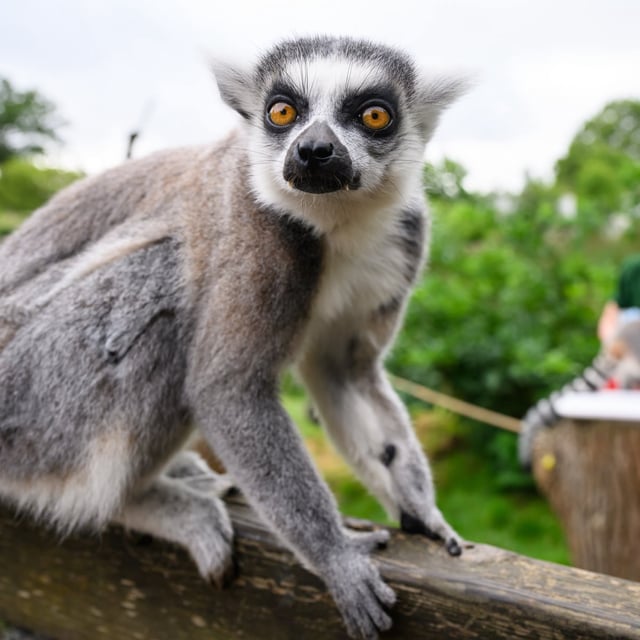Overview
- Using data from 94 living and fossil primate species, researchers found that relatively longer thumbs consistently correlate with larger brains, even when humans are excluded.
- The association is specific to the neocortex, a region linked to cognition and sensory processing, rather than motor-control areas such as the cerebellum.
- The findings support co-development of manual dexterity and brain expansion across the primate lineage.
- Authors and external experts stress that thumb length alone cannot diagnose tool use or fully capture dexterity.
- One early hominin, Australopithecus sediba, was an outlier with a longer-than-expected thumb for its brain size; the study appears in Communications Biology (2025), DOI 10.1038/s42003-025-08686-5.


